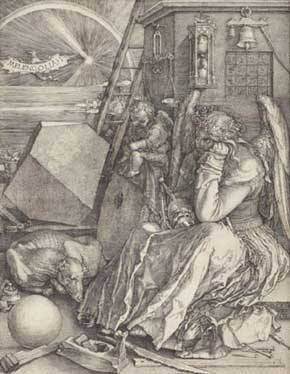
‘The muffled cry of the unrealizable desire’, 2009-2010
2010
Wax, epoxy, glass, wood and iron
102 x 74 x 38.5 cm / 40 1/8 x 29 1/8 x 15 1/8 in
© Berlinde De Bruyckere
Private collection
Courtesy the artist and Hauser & Wirth
Photo: Nele De Roo
Berlinde De Bruyckere at Hauser & Wirth Zurich Horse, deer and man metamorphose in Berlinde De Bruyckere’s exhibition for Hauser & Wirth Zurich. DeBruyckere’s work deals with death and transfiguration and looks to stories and art of the past to address anxieties that remain current.
13 June – 24 July 2010
]]>
Source: Hauser & Wirth Zurich
Her sculpturesaccomplish an almost alchemical transformationof wax into flesh, and out of this fantastical realismshe creates intolerably mutated bodies: figures lackheads, borrow and reconfigure anatomies, becomeamorphous, vegetal and abstract. Their distortionsemphasise our own fragile existence. ‘I want to showhow helpless a body can be,’ De Bruyckere has said.’Which is nothing you have to be afraid of — it can besomething beautiful.’
Antlers, a new motif for the Flemish artist, summonthe fate of Actæon who was turned into a stag by theGoddess Diana before swiftly being torn to death by hisown hounds. Preternaturally delicate and raw, pairs ofantlers are suspended by string from the gallery walls.Blood red, mottled white and sinuous, they are utterlyunlike the clichéd hunting trophies mounted in baronial halls. Flowing downwards and growing together asthough protecting one another, these pairs seem sensitive and still alive; one wears bandages — an intimationof human feeling lying within these abstract animal forms.
Two other pieces in the exhibition use the sametechnique: a horse, sliced in two lengthwaysand hung vertically in a vitrine; and an elongatedhuman figure whose resting body twists into afleshy landscape that admits no head. The latter isdignified despite its deformity and has been granteda pillow to cushion its legs. Its emaciated form callsto mind Renaissance depictions of Christ taken fromthe cross, as well as more contemporary horrorssuch as concentration camp victims or the distortedbodies of famine sufferers. The horse imaginesdeath on a large scale. Headless and hoofless,pale and translucent, its vertical carcasses areanthropomorphic, resembling swollen human figureswhilst also calling to mind Rembrandt’s ‘Flayed Ox’and Soutine’s ox torsos.
Follow us on:


